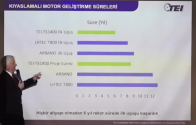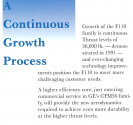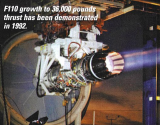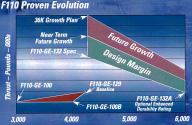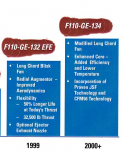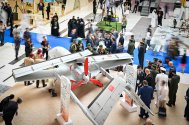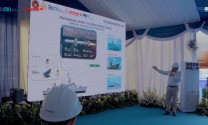It seems that TEI is more ambitious than Pratt & Whitney's F119 program, especially considering that US had already developped many types of turbo-fan engines prior to F-119.
The Advanced Fighter Enging Program was established in 1983. First ground test of F-119-PW-100 was 1993, 10 years from the start of program. The first flight on airframe was 1997, 4 years after first fire.
If I understand your diagram correctly, 2017 is the establishment of the program, 2022 is the start of the full engine design, so far no prototype was made. If it is made and test fired in 2024. It is 7 years compared to F-119's 10 years. If I understand 2028 as first flight on airframe, it is 4 years which matches F-119. Overall it is 11 vs. 14 years. All these is based on assumption that the fabrication of the engine is actually underway already.
To be honest, 2035 would be more realistic especially if the engine is indigenously produced because design on paper is much easier than actually fabricating and assembling. If the engine's fan or compressor blade are 3D printed, the printer is from US, so are the powders and its production techniques, domestication of them need times too.
F119 technology in the '90s, is todays VCE with CMC's. Blisks and 3rd gen single crystal alloys where the latest and greatest back then, making '90s military turbofan engines reach a TWR of ~9, which is sufficient for a (max) 2 ton engine to reach 18 tons(!) of thrust.
They aren't aiming for a VCE+CMC turbine blades in the Kaan engine. By all means, they'll probably use last year casted for the first time TEI CMSX-10 which performs 30% better + LPC and HPC (stage 1-3 at least) blisks, of which TEI has produced and exported 1000's of.
As an example, F110-GE-129 change into -132 got its LPC ratio improved from 3.4 to 4.2 just by using blisks, increasing it's thrust to 34000lb.
BTW, I believe the F119 is capable of producing 38k lbf of thrust if it uses a conventional round nozzle. Soviet tests on the Su-27 have shown that a rectangular nozzle reduces engine thrust by 10%.
To give another example, the EJ200 tech demonstator engine named XG-40 was designed for a TWR of 10 in the '80's!
And I haven't even mentioned the 3d printed and tested turbine blade by TEI plus the fact that they have state support to develop all kinds of CMC for turbine engines.

